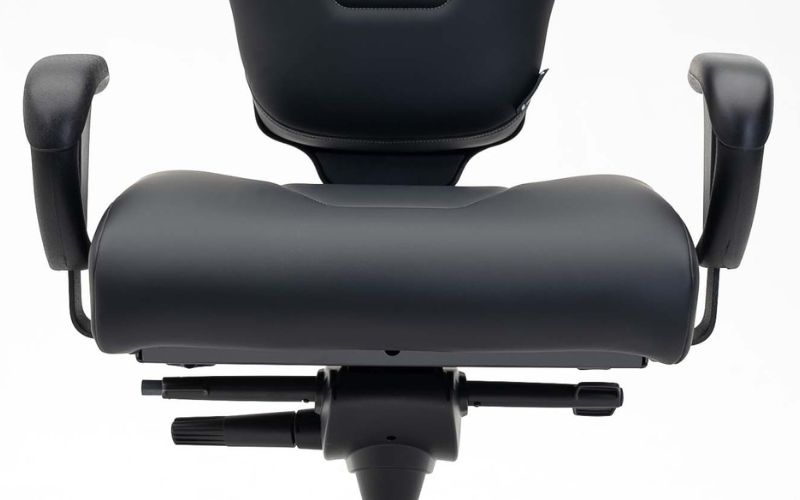
Office Chair Anatomy: What Is the Seat Pan?
The seat pan of an office chair positively impacts people’s posture, making it wise to select a chair with an ergonomic design that reduces strain during use.
Learn how different industries are benefiting from 24/7 chairs, what to look for when choosing a multishift chair, and more. You’ll also find the latest Concept Seating corporate news.

The seat pan of an office chair positively impacts people’s posture, making it wise to select a chair with an ergonomic design that reduces strain during use.
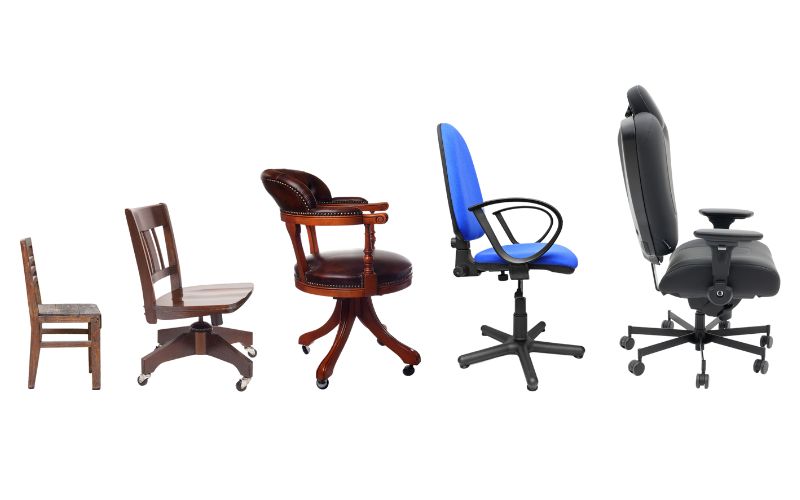
Work environments rely on ergonomic chairs to ensure a safe, comfortable, and productive space for employees. Take a look at the evolution of office chairs.
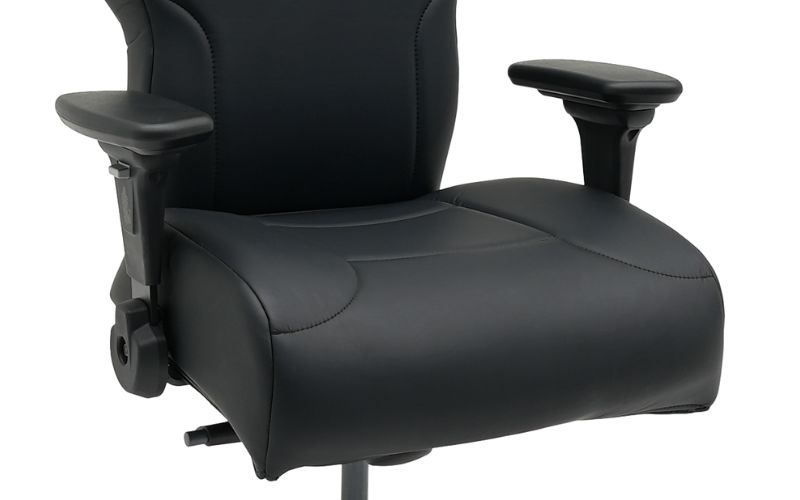
The features of a chair will determine the user experience, which will impact productivity. Explore the different types of foam used in office chair padding.
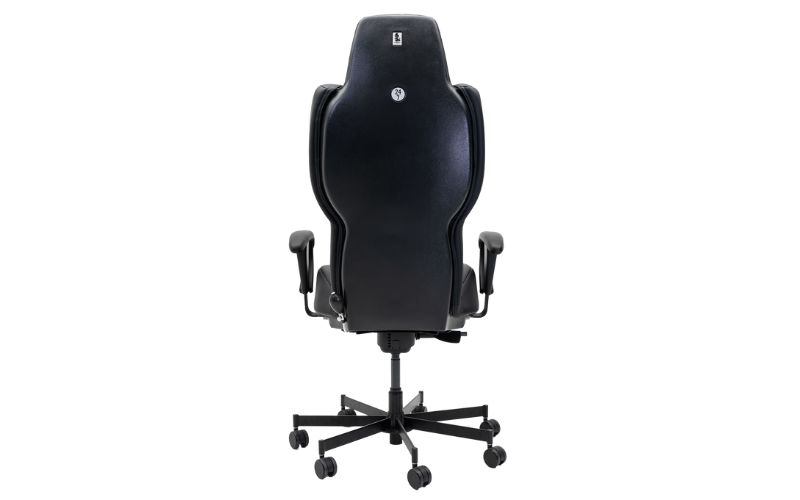
A comfortable work environment with ergonomic features will ensure consistent positive results. Discover the benefits of low-, mid-, and high-back office chairs.

Sitting for long periods may cause health-related issues, which is why having the right office chair is crucial. Discover the OSHA standards for office chairs.
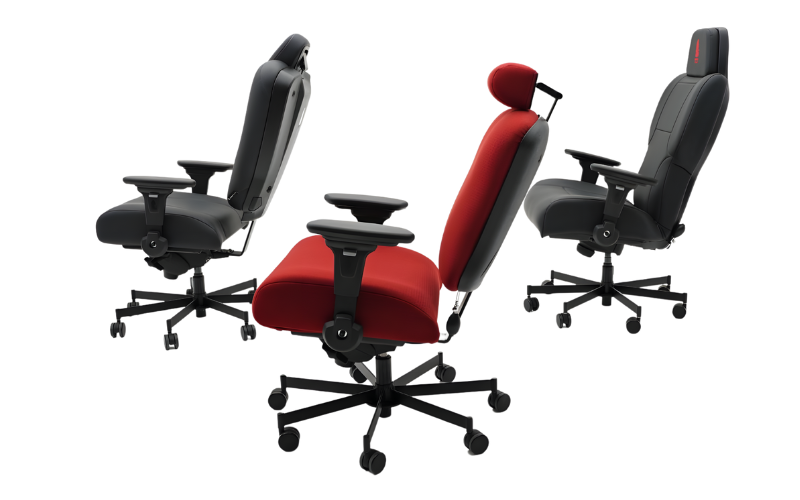
A comfortable and functional office environment needs ergonomic furniture for employee well-being. Discover the advantages of office chairs with headrests.
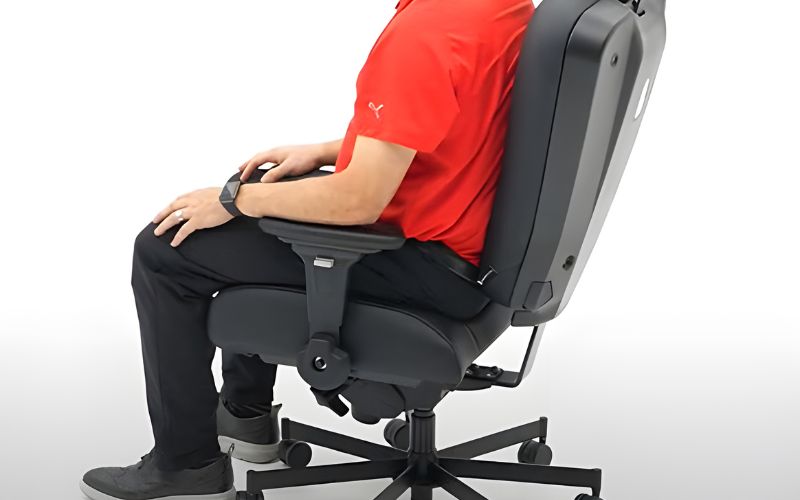
Your office chair will greatly impact your posture and health, so you must choose wisely. Learn the differences between steel and aluminum office chairs.

Sitting for long periods can be detrimental to your health, especially for leg circulation. Discover the ways the right chair helps with blood flow.
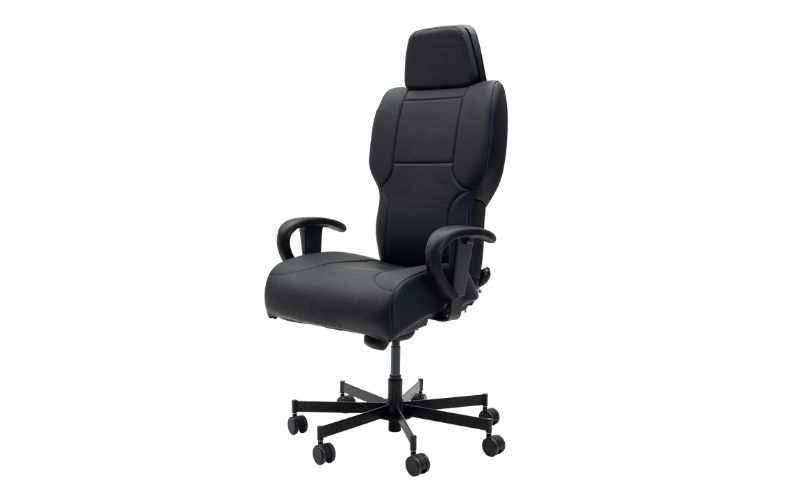
Ergonomic chairs with high-resistance materials are the best option when sitting for long periods. Learn why utility workers need heavy-duty office chairs.